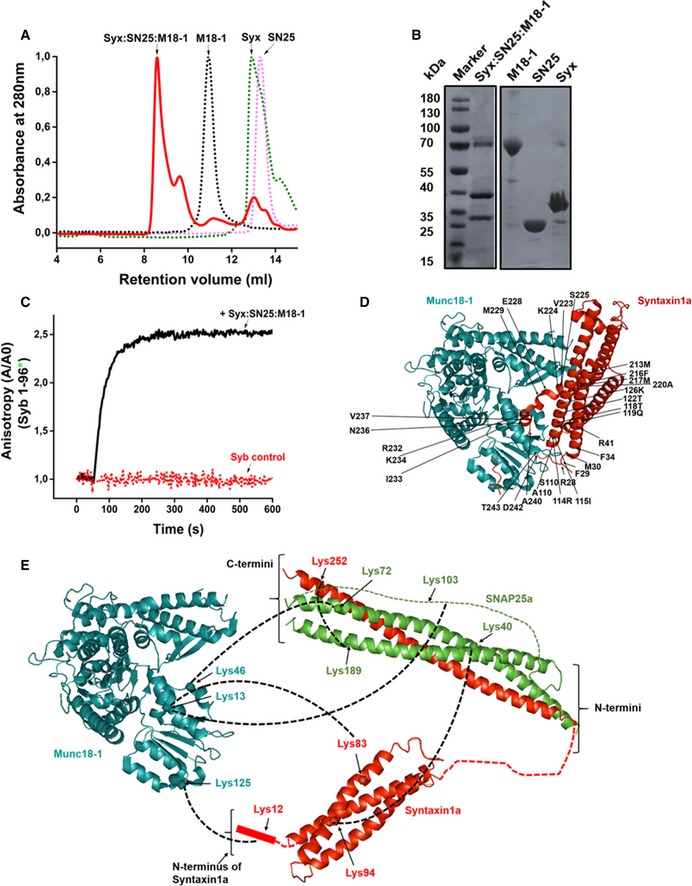Figure 1. Syntaxin1:SNAP25:Munc18‐1 tripartite complex sets the stage for SNARE complex assembly.

- Separation of the syntaxin1:SNAP25:Munc18‐1 complex from the monomers. Purification was performed on a Superdex 10/300 Increase column (GE Healthcare).
- SDS–PAGE analysis of the syntaxin1:SNAP25:Munc18‐1 complex and the corresponding monomers.
- Binding of fluorescently labeled synaptobrevin (1‐96) to the unlabeled syntaxin1:SNAP25:Munc18‐1 acceptor complex. Upon addition of the acceptor complex, a very fast increase in anisotropy was observed. This increase was prevented by adding excess of unlabeled synaptobrevin to the reaction mixture (1‐96; syb control).
- Crystal structure of the syntaxin1:Munc18‐1 binary complex (Burkhardt et al, 2008; PDBID: 3c98). The labeled residues indicate the regions on syntaxin1 that form contacts with the “cleft” of Munc18‐1. In this structure, syntaxin1 is present in a “closed” conformation.
- Chemical cross‐linking of the syntaxin1:SNAP25:Munc18‐1 complex showed direct cross‐links between Munc18‐1 and both SNAP25 and syntaxin1, as indicated. Munc18‐1 is shown in cyan, SNAP25 in green, and syntaxin1 in red. The structure of the syntaxin1:SNAP25 complex has been adopted from the crystal structure of the SNARE complex (Stein et al, 2009) (PDBID:3HD7), and the Habc domain has been adopted from the structure of the N‐terminal domain of syntaxin1 (Fernandez et al, 1998) (PDBID:1BR0).
